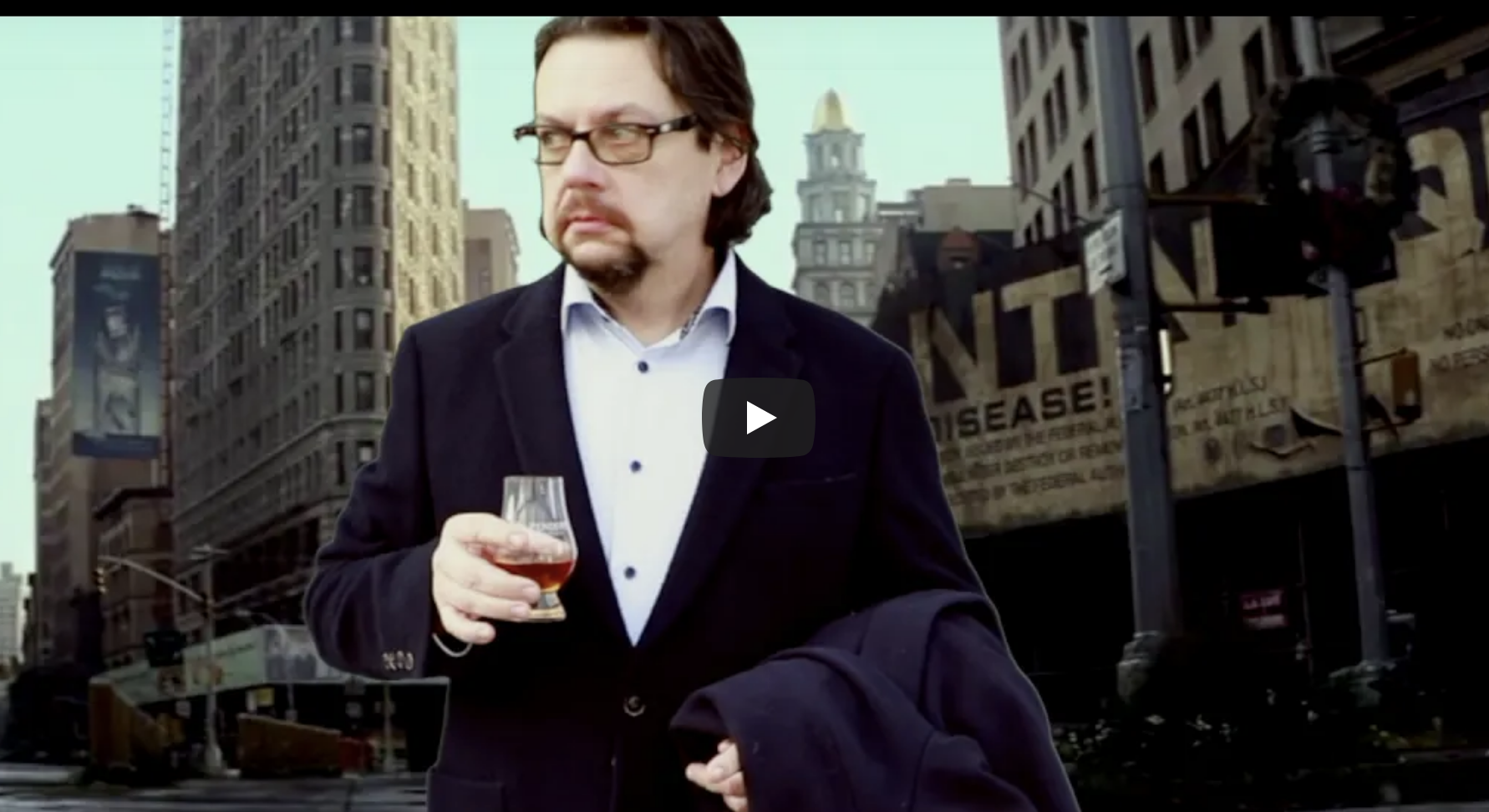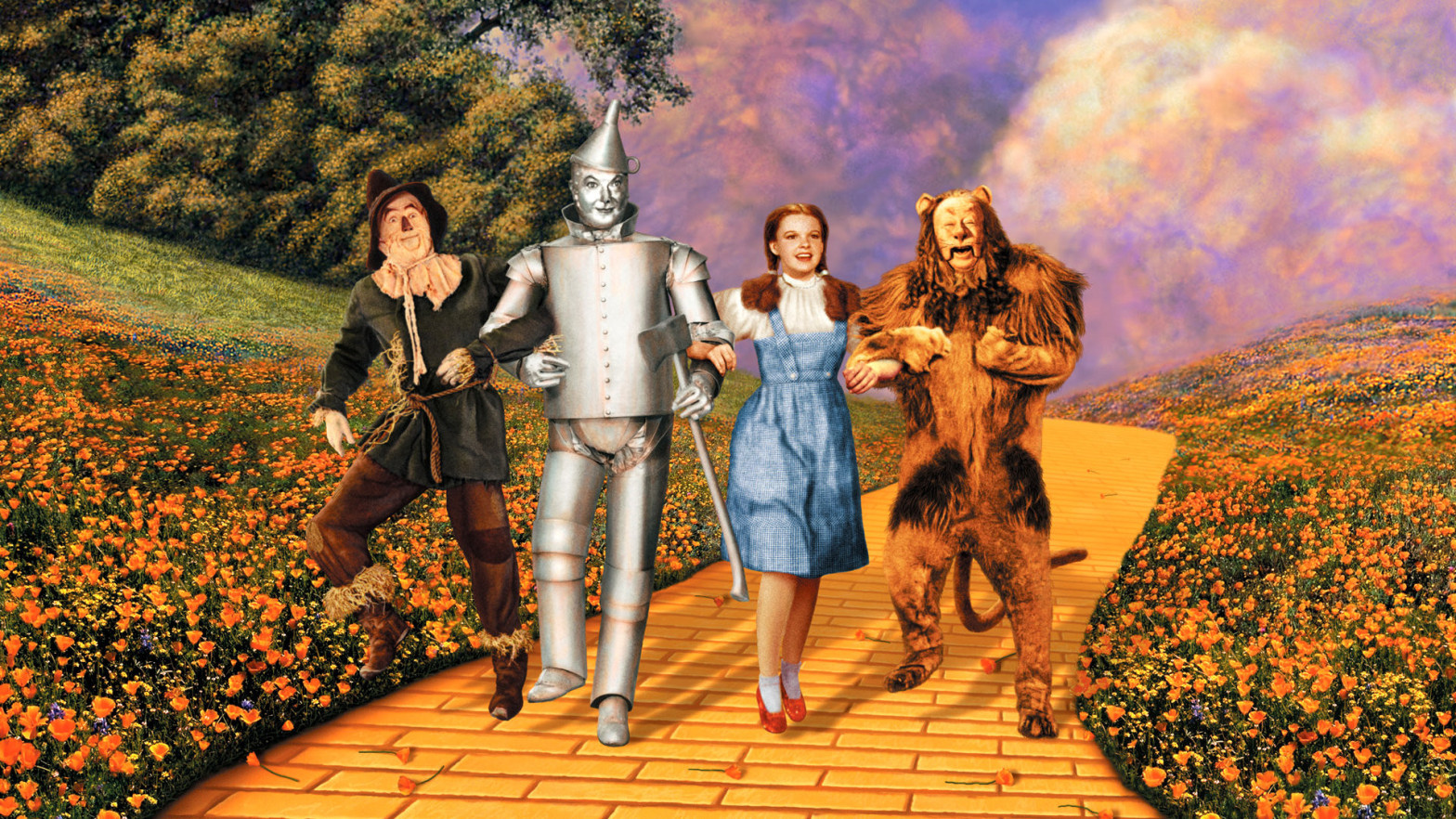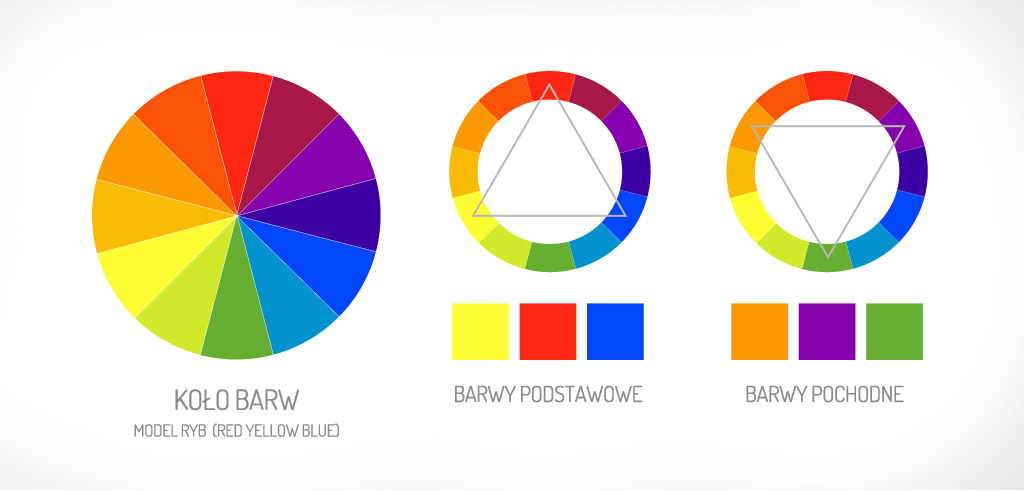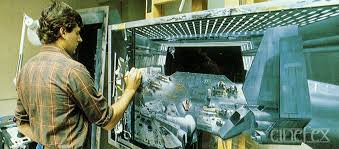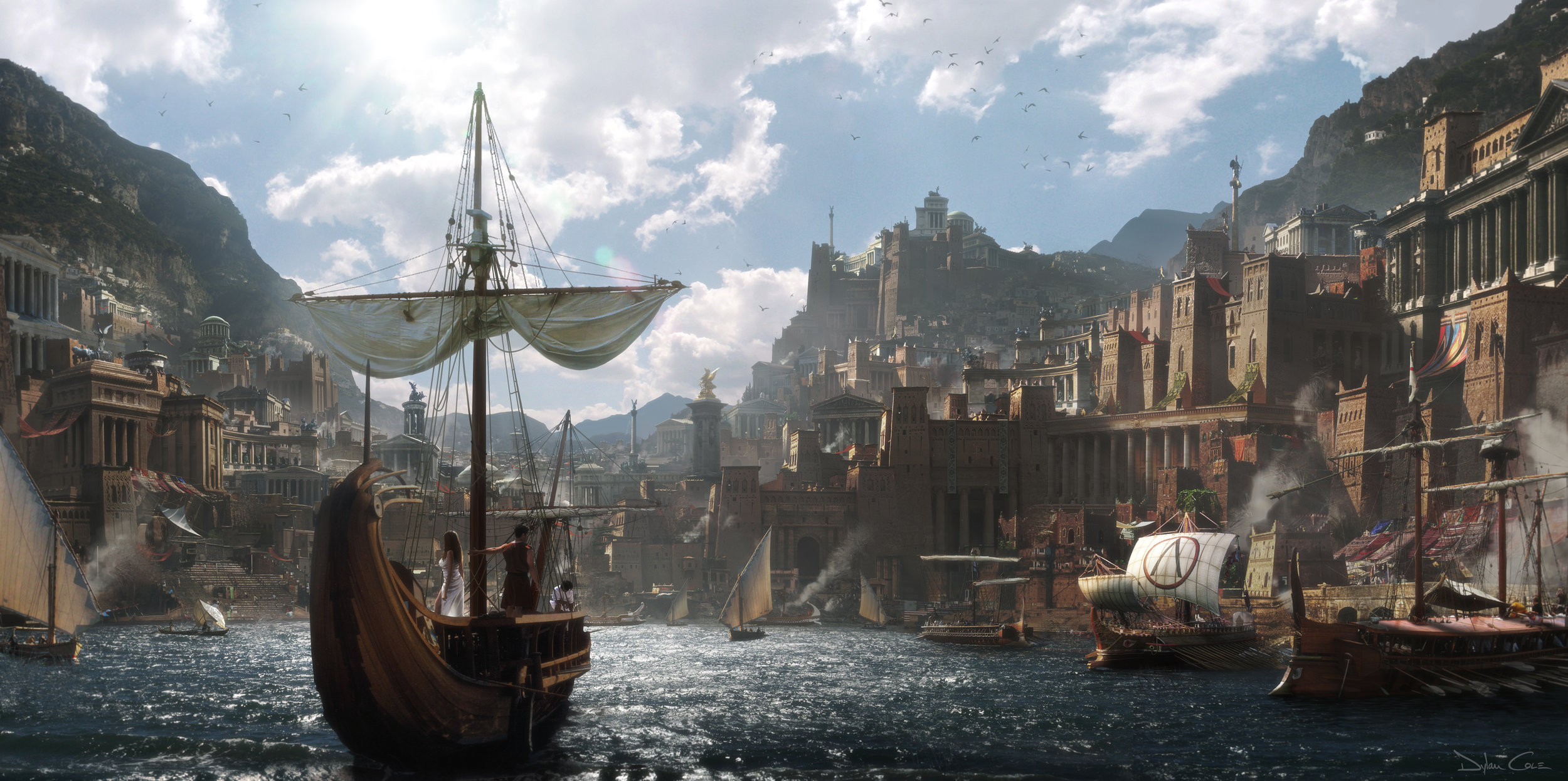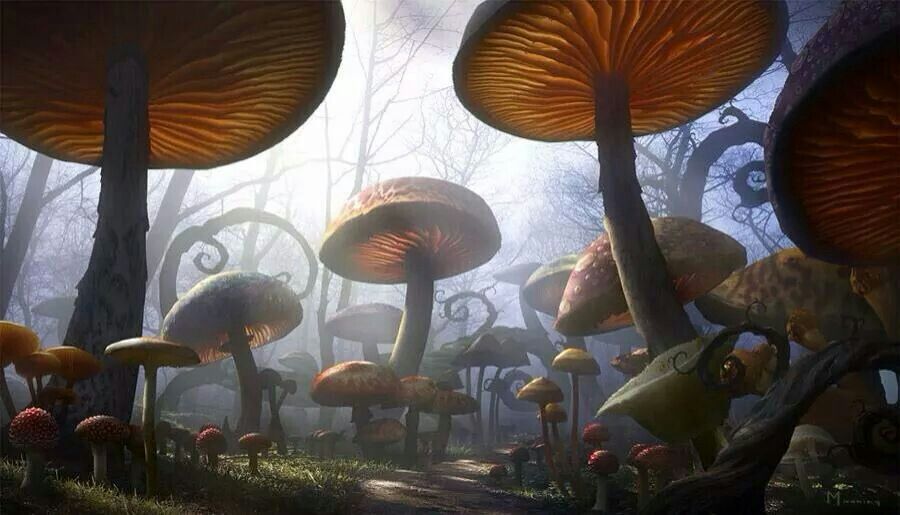What is motion tracking?-ARD 516
Motion tracking, in its simplest form, is the process of tracking the movement of an object within a piece of footage. Once you've collected this track data from the selected point, you then apply it to another element or object. The results of applying this data are that your element or object now matches the movement of your footage. Essentially you can composite something into a scene that was never there. https://youtu.be/-Db-B7AcTQw What the heck am I going to use this for? Stabilize motion by utilizing tracking data.Add elements such as text or solids to a composition.Insert 3D objects into 2D footage.Apply effects...


